Peace Fleece: Spinning A Good Yarn
When Pete Hagerty founded a Russian-American yarn company during the height of the Cold War, he wasn’t trying to save the world. He was trying to save himself.
The sun is just beginning to cut through the chill autumn air as Pete Hagerty, founder of Peace Fleece in Porter Maine, begins his daily chores. Moving with an agility that belies his 64 years, he tugs on a pair of worn leather work gloves, pulling them up over the cuffs of his blue and white checked shirt and faded wool sweater. Beneath a well-worn cowboy hat, his gray hair and mustache are neatly trimmed, framing delicate Irish features made rugged by years of outdoor labor.
His expression is echoed in a framed black and white photograph sitting beside the dining room table. Amidst a sea of other Reserve Officers Training Corps (ROTC) candidates, the young Lieutenant Peter F. Hagerty looks every bit the part of “the second incarnation of JFK,” a physical manifestation of his parents’ hopes and dreams. The face in the photograph speaks to a time when the Vietnam War and Soviet relations were popular issues to protest–long before the war colored his nightmares and a growing nuclear threat darkened the horizon.
Pete enrolled in Harvard’s Naval ROTC program to avoid being drafted, but he “wasn’t a spit and polish kind of guy.” In the winter of 1969, as his ship, the USS Lloyd Thomas, prepared to leave for Vietnam, he was asked to sign documentation that the ship’s ordnance was battle ready. Pete refused, claiming that the barrels of the 5″ guns were damaged. Charged with insubordination, he enlisted the help of a military lawyer, and managed to obtain an early discharge in lieu of jail time. The Lloyd Thomas sailed without him.
On September 11, 1970, the ship’s forward gun mount exploded, killing three and injuring ten. It was the same gun for which Pete had been responsible.
Though he did not hear of the accident until some time later, Pete was struggled with the knowledge that he “beat the system,” serving less than half his required time “while others went off and sailed into harm’s way.” Feeling a need to prove himself, Pete took a position with the Lawyers Military Defense Committee in Vietnam, interviewing accused soldiers at Long Binh military prison. Though “most of them were guilty,” Pete and the LMDC hoped to use the trials to reveal the rampant corruption and racism in the military. After a series of disagreements with LMDC leadership, Pete returned home, discredited and demoralized. In his mind, the “best education in the world” had failed to prepare him for the realities of war and the human capacity for cruelty—what he saw and heard in Vietnam stayed with him long after he settled down to farm life in Maine.
As sunlight blankets the valley, Pete and wife, Marty Tracy, join three other Peace Fleece staff members to form a claustrophobic circle in the second floor office of the converted three-story barn. Beyond the door comes the intermittent sound of clucking as several chickens pick their way through the drifts of hay on the floor below. Inside the office, any space not occupied by yarn or knitting paraphernalia is taken up by papers: invoices, photographs, messages to call customers, and a scribbled note exhorting all to “be present.” The meeting seems more like a social gathering than a business function, and Pete’s demeanor is patient and reassuring, at times almost fatherly. The calm exterior and the idyllic setting belie the internal struggle Pete faced as he sought to reconcile his hopes for the future with his memories of the past. “There is not a week that goes by without my thinking of those days, wondering if I could have done more for my men,” he notes in a journal entry from 2003.
Peace Fleece started as an act of protest, a way of challenging the continuation of the Cold War and preventing the nuclear holocaust he and Marty felt was imminent. “We had been fed this diet of paranoia for so many years,” remembers Pete, echoing sentiments expressed by many Americans at the time. Founded on the mantra of “peace through trade,” Pete and Marty combined American and Soviet wool into yarn—it was detente through domestic art. “The thought that . . . a grandmother could take some yarn and knit it out of Russian and American wool,” Pete explains, “tapped a much deeper nerve.”
For Pete, it was also a way of fighting against the dark current of depression drawing him back into memories of Vietnam. “I was very angry for a long time,” he confesses. “I had been harboring a lot of stuff. . . some [veterans] are still running on that energy.” He pauses, swallowing loudly and clearing his throat, suddenly self-conscious. “It took me a long time in my life to figure out what I was for.”
In its early days, Peace Fleece was featured in numerous publications and television shows—in the main office, a map prickled with pushpins attests to the continued popularity of Peace Fleece wares across the country. Beyond the office door, the main area of the barn is filled with boxes of knitting needles, bags of wool, and skeins of spun yarn, all arranged by color: Blueberry Borscht, Perestroika Pink, and Glasnost Gold serving as reminders of an earlier era.
Many other things have changed in the nearly 25 years since Peace Fleece began. The wool now comes from Eastern Europe as well as Russia, orders are processed over the internet instead of by phone, and a host of new colors, including Baghdad Blue and Georgia Rose, attest to the changing landscape of American foreign policy.
Pete has changed as well. Gone are the days of magazine covers and prime-time interviews. Gone too is the sense of foreboding and residual anger. He and Marty have settled into a comfortable pattern of life and labor, a careful balancing of strengths, desires, and necessities.
As the last rays of the sun touch the Burnt Meadow Mountains, Pete surveys a small clearing flanked by maple, birch, and poplar, all in various stages of seasonal undress. “The pressure is slowly coming off me to prove anything to anybody,” he sighs, his eyes reflecting the sky in sharp flickers of blue. Despite the success of Peace Fleece, he is focused on finding his next big adventure. “I want to close my eyes in the end,” he says, his voice filled with youthful anticipation, “and think: ‘that was a good ride.’”
Republished from Elizabeth Peck's website. To learn more about Peace Fleece's continuing efforts visit their website.
SHARE YOUR REFLECTION
4 Past Reflections


On Mar 1, 2016 cynthia wrote:
A really nice story (kudos Elizabeth Peck) of a life being well lived (shine on Pete Hagerty... I hope your next 'big adventure' is just around the bend).

On Mar 1, 2016 Stu Webb wrote:
Re: Little things. Growing up in a small town in Iowa we used to wave and greet everyone we met whether we know them or not. Dong it now in a big city has the same positive effect !

On Mar 1, 2016 danni wrote:
Peaceful if you only care about humans. Sheep raised for their wool are mutilated and then slaughtered. Go vegan. That's peaceful for all.

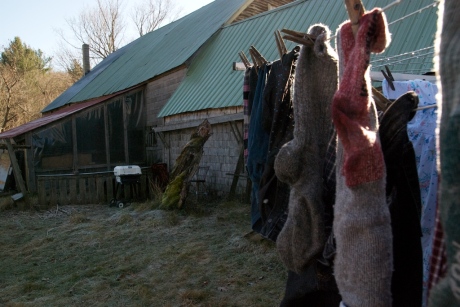
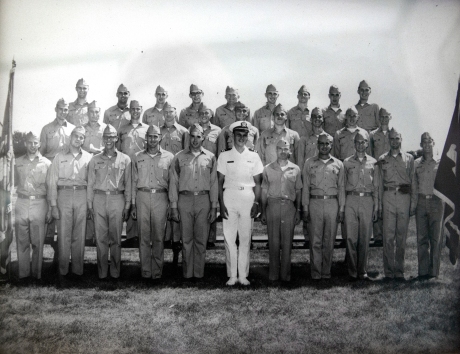

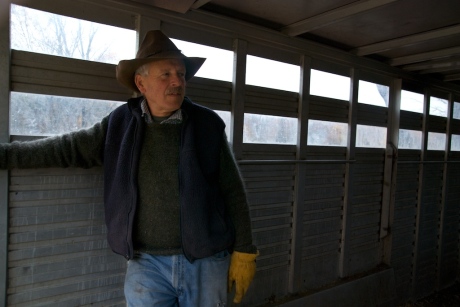
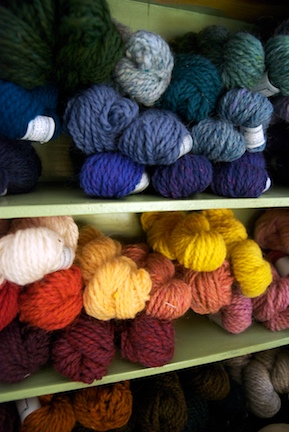
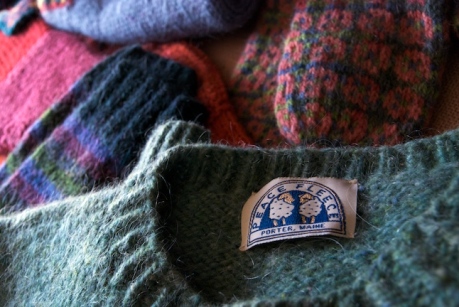
On Mar 1, 2016 Kristin Pedemonti wrote:
Here's to channeling anger into something peacefully productive and healing! <3
Post Your Reply